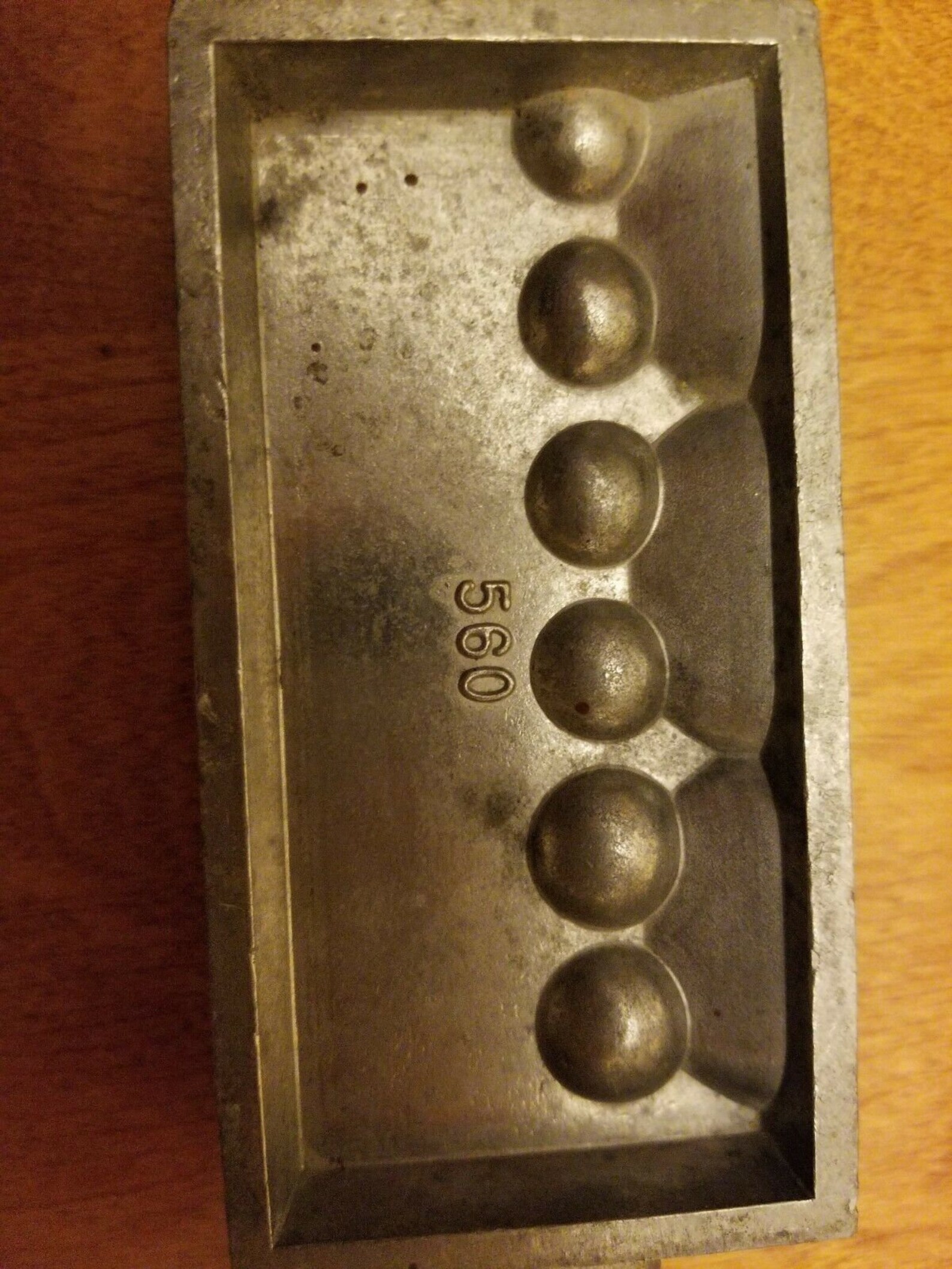


This arrangement also limits the amount of carbon the steel can absorb to around 0.025%. This central iron atom is responsible for ferritic steel's magnetic properties. Ferritic steel owes its magnetism to its body-centered cubic crystal structure, in which iron atoms are arranged in cubes (with one iron atom at each corner) and an additional iron atom in the center. Martensitic, duplex and ferritic stainless steels are magnetic, while austenitic stainless steel is usually non-magnetic. This temperature range goes from 1,400 to 1,530 ☌ (2,550 to 2,790 ☏) depending on the specific consistency of the alloy in question. Melting point Īs with all other alloys, the melting point of stainless steel is expressed in the form of a range of temperatures, and not a singular temperature. Nevertheless, stainless steel connectors are employed in situations where ECR poses a lower design criteria and corrosion resistance is required, for example in high temperatures and oxidizing environments. Copper alloys and nickel-coated connectors tend to exhibit lower ECR values, and are preferred materials for such applications. In particular, the electrical contact resistance (ECR) of stainless steel arises as a result of the dense protective oxide layer and limits its functionality in applications as electrical connectors. Like steel, stainless steels are relatively poor conductors of electricity, with significantly lower electrical conductivities than copper. Missing is density, hardness, thermal conduction, etc. This section needs expansion with: information on physical properties other than magnetic and electric contact resistance.

#C palmer no 500 mold iso
ĭifferent types of stainless steel are labeled with an AISI three-digit number, The ISO 15510 standard lists the chemical compositions of stainless steels of the specifications in existing ISO, ASTM, EN, JIS, and GB standards in a useful interchange table. Its cleanability, strength, and corrosion resistance have prompted the use of stainless steel in pharmaceutical and food processing plants. The biological cleanability of stainless steel is superior to both aluminium and copper, having a biological cleanability comparable to glass. These can be used in cookware, cutlery, surgical instruments, major appliances, vehicles, construction material in large buildings, industrial equipment (e.g., in paper mills, chemical plants, water treatment), and storage tanks and tankers for chemicals and food products. Stainless steel can be rolled into sheets, plates, bars, wire, and tubing. The alloy's properties, such as luster and resistance to corrosion, are useful in many applications. Stainless steel's resistance to corrosion results from the chromium, which forms a passive film that can protect the material and self-heal in the presence of oxygen. It contains at least 11% chromium and may contain elements such as carbon, other nonmetals and metals to obtain other desired properties.

Stainless steel is an alloy of iron that is resistant to rusting and corrosion. Stainless steel is used for industrial equipment when it is important that the equipment lasts and can be kept clean Steels


 0 kommentar(er)
0 kommentar(er)
